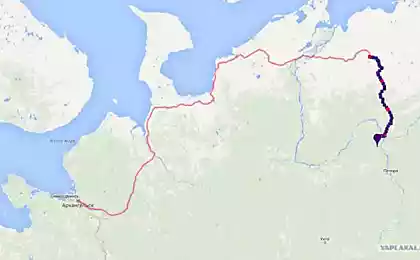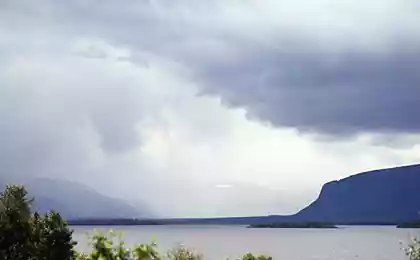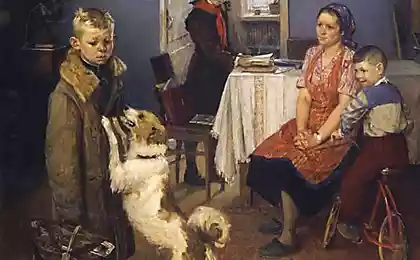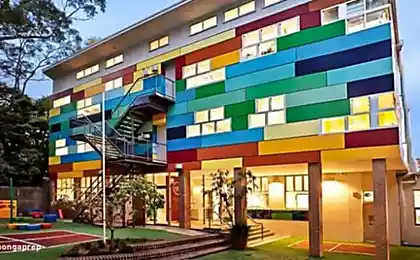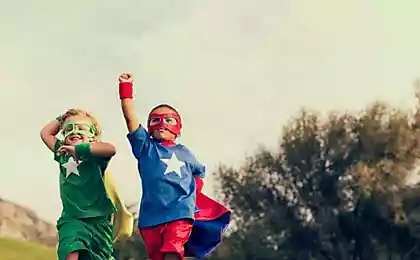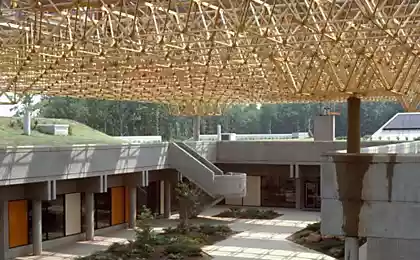1427
As the children learn from the Tundra (31 photos)
In this photo essay, you'll learn about the school education of the children of nomadic herders' communities. In late August, the tundra flies a helicopter and takes all the children to boarding school. Students will be able to see their parents just before the New Year.
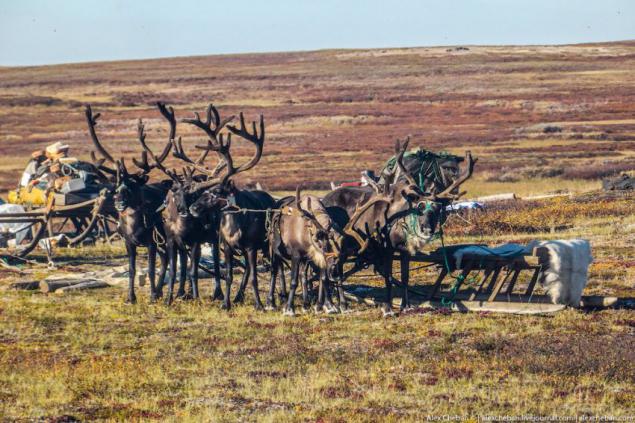
Meet Ludmila Pashkina, director of state-owned Municipal educational institution "Secondary Nenets Secondary Boarding School" to them. AP Pyrerki Naryan-Mar.
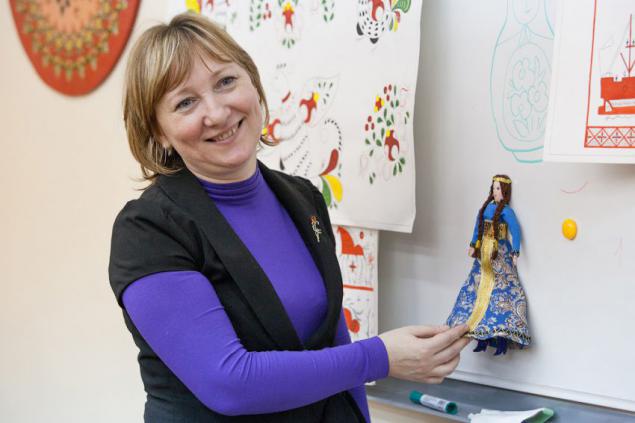
Elena Smetanin, school social worker:
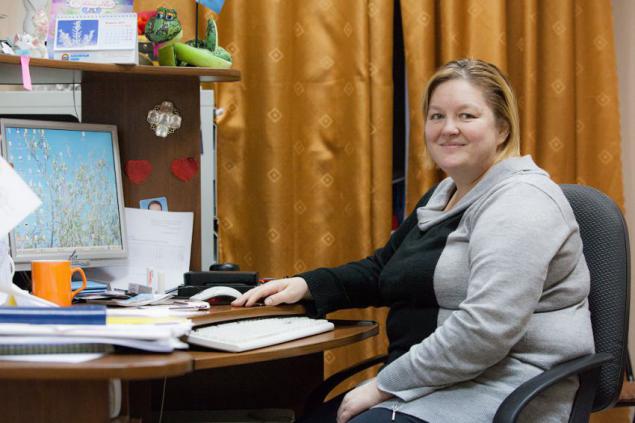
Amazing people ... we talked for over two hours, and only late in the evening forced to terminate the conversation. Each material from my school in his own series of unusual, but in this school are so many features is not so much the process of learning and how psychology and relationships. Only the real professionals and fans of the business can be with such devotion and enthusiasm to move life forward. On the school I will write more in one of these reports, but today I want to talk about how to organize the learning process of children who live in nomadic reindeer farms.
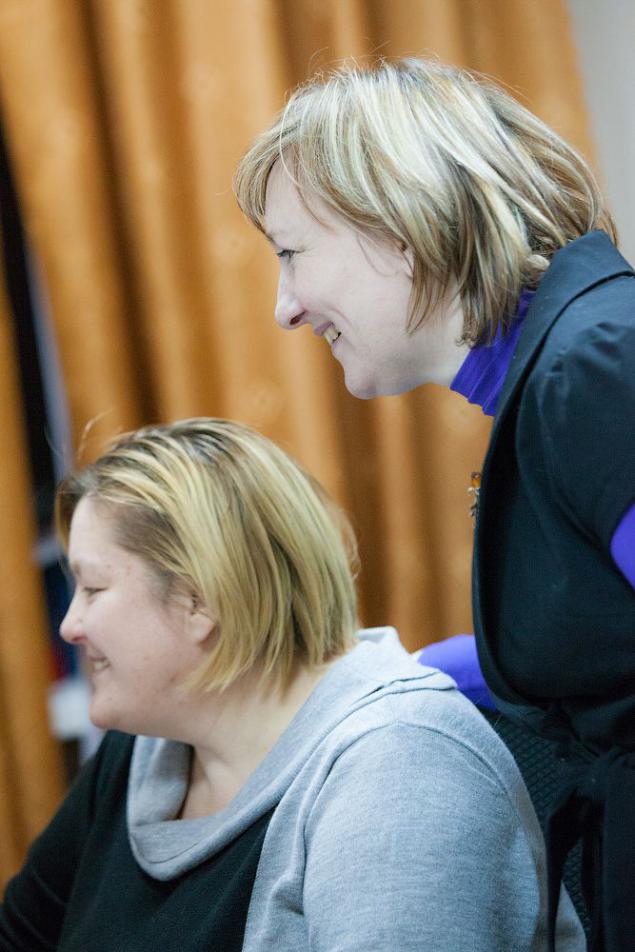
The school directly from the plague ... The boarding school enrolled 201 children aged 8 to 18 years from the settlements of the Nenets Autonomous District, including: - the children who are on full state support (orphans when the parents are deprived of parental rights, partially denied, etc.) - 111 - children who are in difficult situations, that is, Parents who for various reasons can not temporarily fulfill parental obligations - 3 - as well as "home" children from villages where there are no schools. This educational institution trained children from 13 localities district where there is no education or only primary school. The most remote settlements of the school - Ust-Kara is in the 4-hour flight in a helicopter. The indigenous population of the Nenets Autonomous District, which operates in the tundra reindeer farms, leading a nomadic life. In Soviet times, there were attempts to create a stationary reindeer "collective-farm", but this is not possible and applicable in practice. Life herders - this constant movement across the tundra with a parking lot to the other throughout the year, linger in one place for no longer than 1-2 months, because the deer eat the lichen within the park. The NAO 42tys residents and 180tys deer that are on natural grazing in the vast expanses of tundra. This traditional way of life is hard to imagine us living in the city, but the family so live from generation to generation. Yes, the plague is now a TV, satellite dish and other attributes of technological progress, but the way of life has not changed and will not change in the future. Deer are not bred differently. In the summer, the whole family spends herders in the tundra, including women and children. In late August and early September, the children collect the tundra in helicopters and in December before the new year is recycled back into the family. In winter, the tundra are only men, women usually spend the winter in the village, where they are sometimes taken away by helicopter on the way in September with the child ... The child from infancy spent in the tent, in the 4-5 years old children are almost household as adults and then, suddenly, there comes a school age. For example, Karatayka - in this region the highest percentage of families is the traditional way of life, the children of whom attend the school in Naryan-Mar. For teaching in grades 1-4 in Karatayka has a primary school, and from 5 to 11 classes of children are already flying in a boarding school here. And in some towns there is no elementary school! The most serious problem - is the return of children to the traditional way of life. During his stay in the city a child loses the skills that were acquired in the tundra. According to statistics from the boarding to 80% of children still come back to the tundra in their villages or in deer farms. It is very high and is a good indicator. Elena remembers a girl who was a good student, but after the 9th grade parents did not let her to school and she stayed in the tundra. It is a fine line assessment of the situation. From the standpoint of us, online readers, such an act of parents unequivocally evaluated negatively, but there is another side - tradition. Most parents believe that if a child is able to read and write, they do not let children. That's where there is a conflict, there is a family code and forcibly take away the child from the family, no one can. But there is a constitution that guarantees the right of children to education. Often, it is Elena talking, persuasion, promises to take personal care takes children from families! Children collected from the tents across the tundra from the Mi-8 helicopter. If there are flights over the sea - then the Mi-8 MTV. 22 seats, if the helicopter Usually, if rotational (with the barrel in the cabin), then the places 14-16. In addition to the two pilots in the crew flies school teacher and conductor of the indigenous population, who knows routes of reindeer herders in the tundra. The main problem - is to find a tent reindeer brigades, most of them do not report their position and the search is carried out visually. Often, it takes 2-3 hours ...
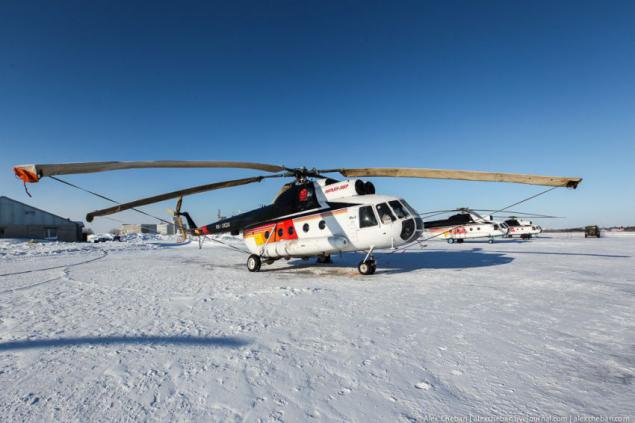
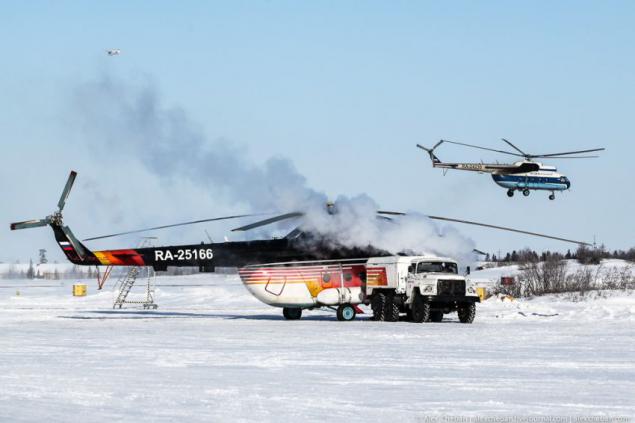
Pictures for this story provided by Lyudmila Viktorovna and Elena Vasilyevna from the personal archive. This winter, a time when children are taken to a boarding school after the Christmas holidays from remote villages District:

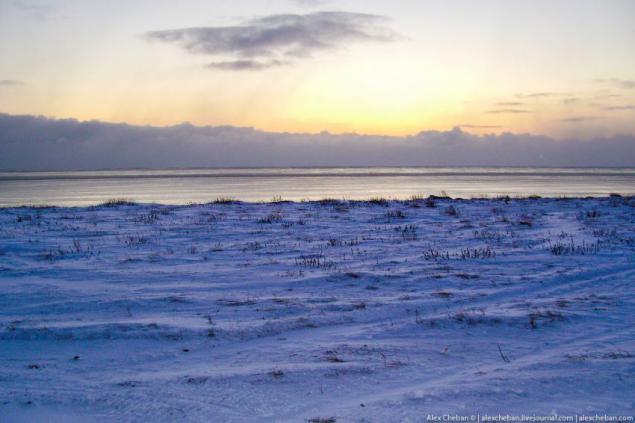
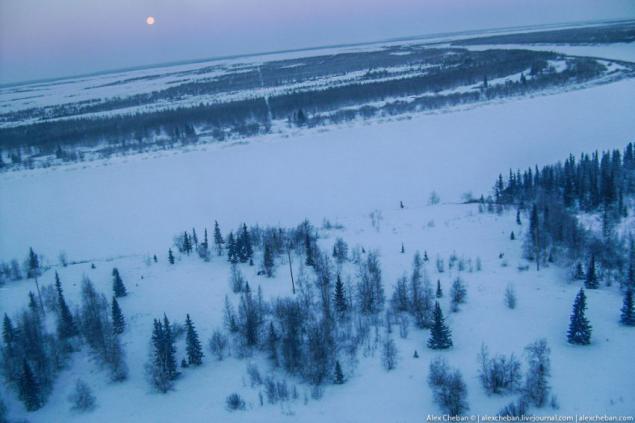
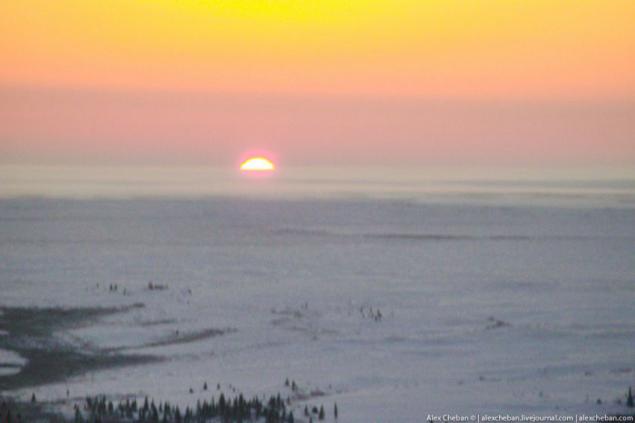
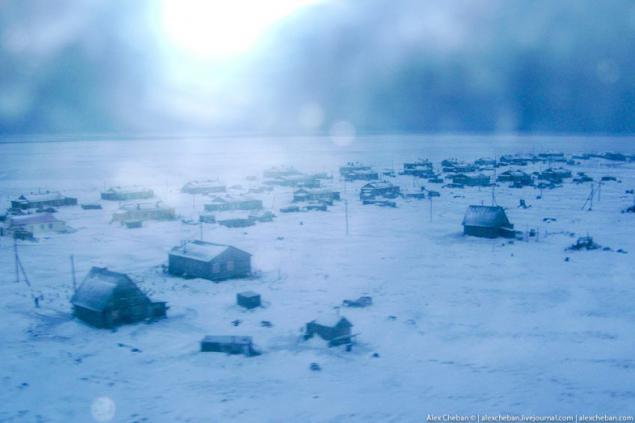
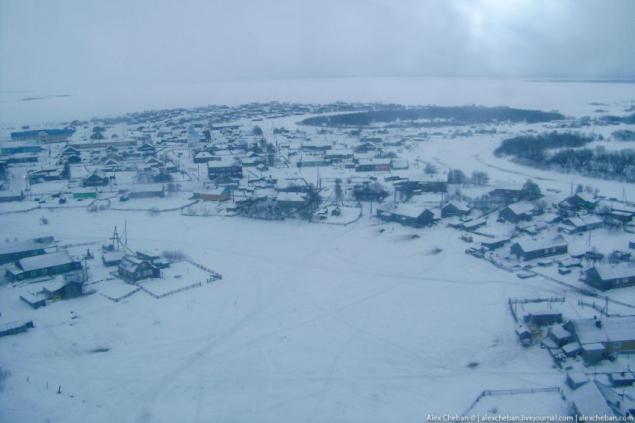
"Buran" waiting for helicopter landing:
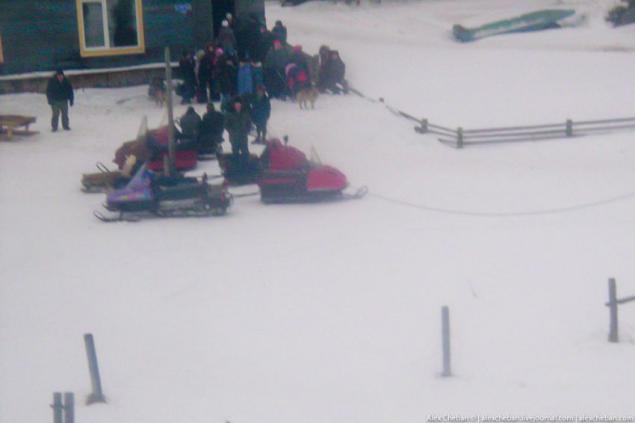
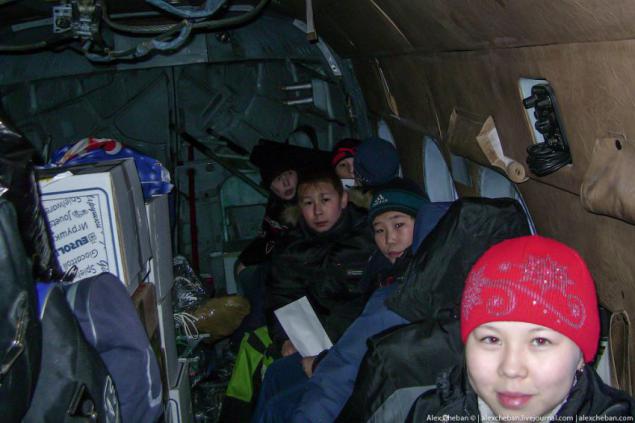
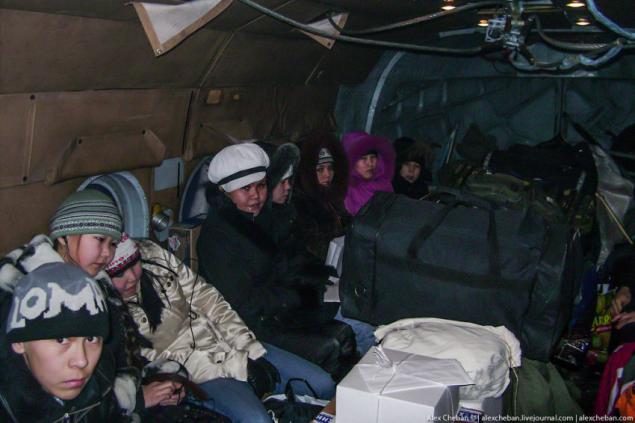

Things to six months need to bring in a helicopter ... no luggage compartment, all the lies in the central part of the cabin:
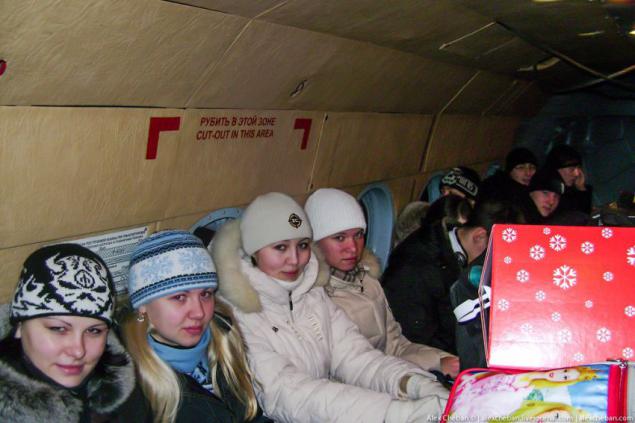
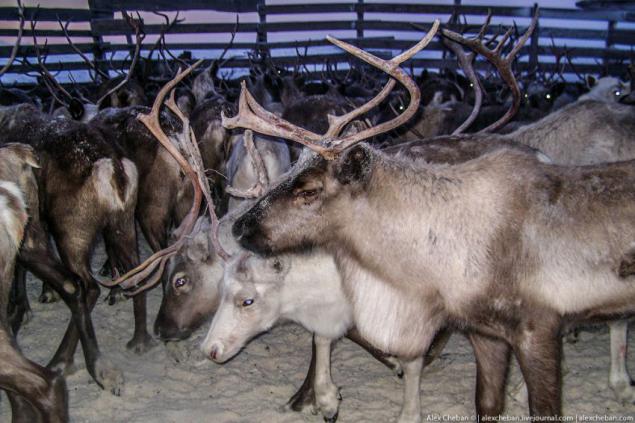

Beautifully like!

Experience Yakutia: what nomadic schools? Is it possible to try to create a school system without departing from the parents herders. It turns out, yes! Distance education - a joint initiative of the tribal communities and the Government of the Republic of Sakha (Yakutia). It consists in the introduction of "nomadic" generic itinerant teacher in the community and the creation of nomadic schools. At the legislative level initiatives designed back in the 2008m year. Today, in the Republic of Sakha (Yakutia), there are 13 schools in 11 nomadic encampments (areas) with a contingent of 251 pupils of the child. Nomadic schools are a part of tribal communities, in the winter they are fit for occupancy from pastures and summer classes are held in tents. In accordance with the Law "On nomadic schools in the Republic of Sakha (Yakutia)", these educational institutions are organized according to the following basic models: nomadic school garden (4), fixed-nomadic school (6), seasonal (summer) nomadic school (3). Feature of the organization of educational process are the small class size, uneven structure, variability training schedule, taking into account the specificity of traditional management, shift method of learning, the increased need for the use of distance learning. On this program, I told the representative of the Ministry of Education in February, when I was in Yakutia during the traditional annual report of the government to the population of the republic. Each Ulus come and officials accountable for their work. Interesting event, where there is direct contact between the people and the government to dialogue, arguments, ideas that come to life, rather than remaining campaign promises. The project of distance education and the creation of nomadic schools while supporting schools (ordinary boarding in the townships) - originally it was the idea itself of tribal communities and nomadic tribes, because they are interested in seeing that the child spent his childhood in the family and at the same time had the opportunity to get an education. All supporting schools, even the most remote, there is satellite Internet. As an idea, which is still in development, the possibility of training adults themselves canoes community or parents pedagogy skills and opportunities of quality education in nomadic conditions. Now Yakut development of teachers in this area are adopted counterparts from overseas - from the United States and Canada. But back in the Nenets Autonomous Okrug, Here is the last days of summer, when children are taken directly from the herders tents:

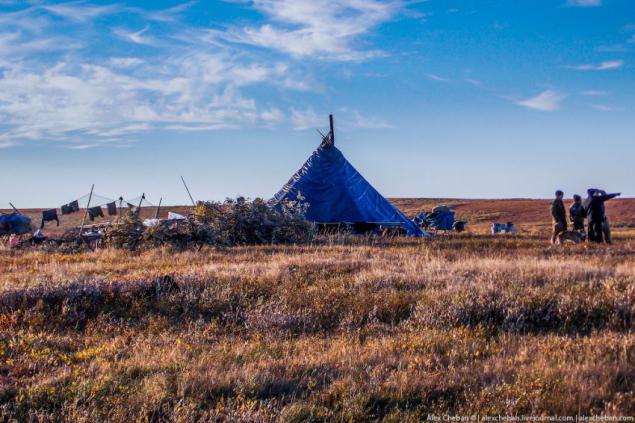
The words of farewell to cry-baby still very long before parting:
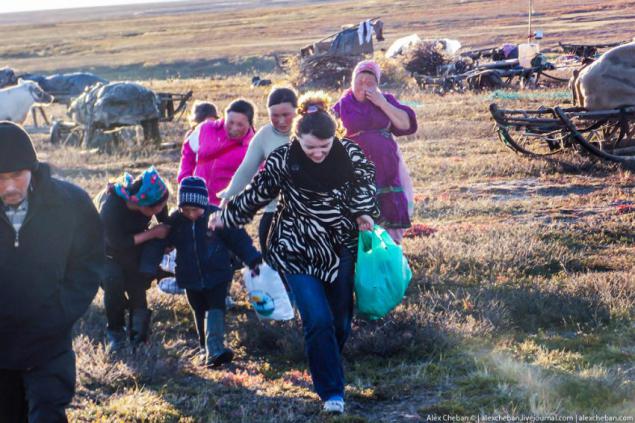

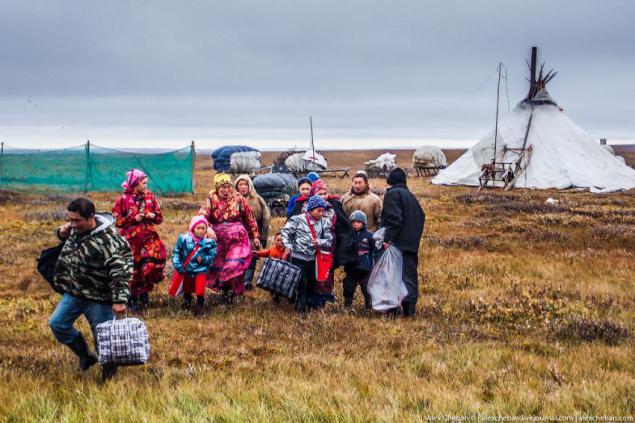
By the way, I was told that the sleigh ride is excellent for summer moss, even better than in the winter.
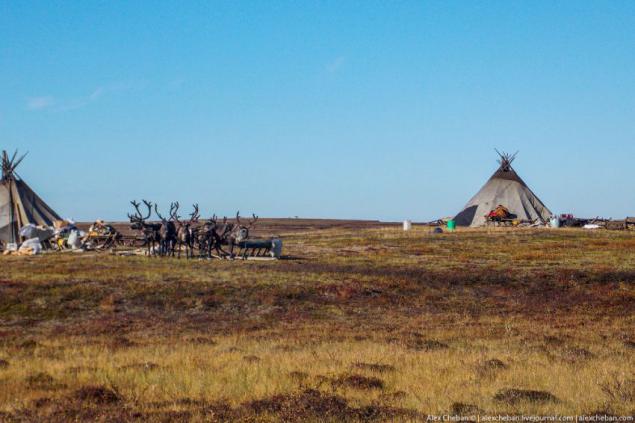
Boy 5-6 years, it is perfectly controlled by the nomadic economy! And they know how to do urban children 5-6 years old ?! :)
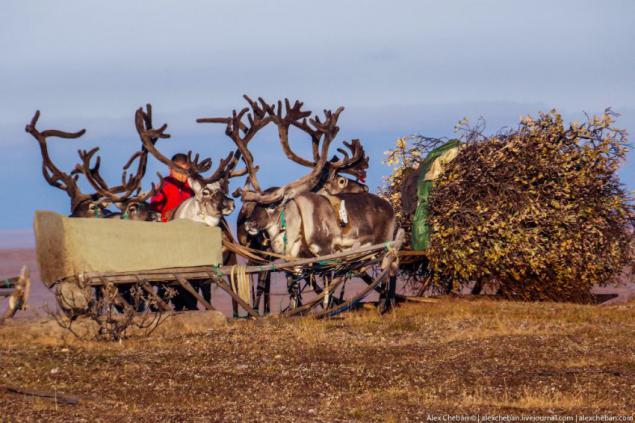
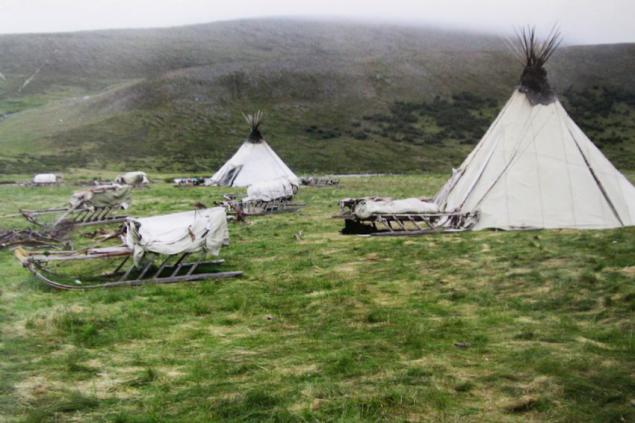
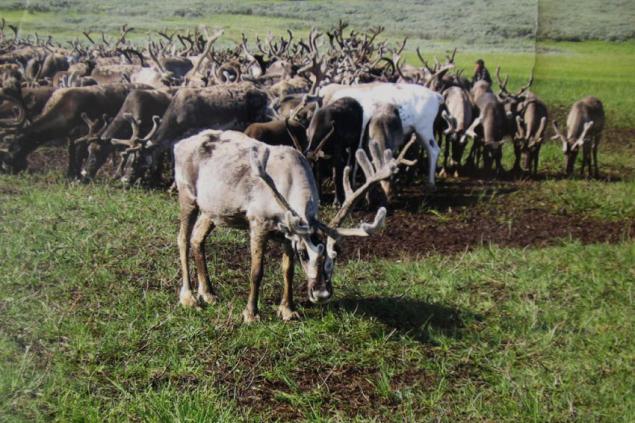


Source: alexcheban.livejournal.com

Meet Ludmila Pashkina, director of state-owned Municipal educational institution "Secondary Nenets Secondary Boarding School" to them. AP Pyrerki Naryan-Mar.

Elena Smetanin, school social worker:

Amazing people ... we talked for over two hours, and only late in the evening forced to terminate the conversation. Each material from my school in his own series of unusual, but in this school are so many features is not so much the process of learning and how psychology and relationships. Only the real professionals and fans of the business can be with such devotion and enthusiasm to move life forward. On the school I will write more in one of these reports, but today I want to talk about how to organize the learning process of children who live in nomadic reindeer farms.

The school directly from the plague ... The boarding school enrolled 201 children aged 8 to 18 years from the settlements of the Nenets Autonomous District, including: - the children who are on full state support (orphans when the parents are deprived of parental rights, partially denied, etc.) - 111 - children who are in difficult situations, that is, Parents who for various reasons can not temporarily fulfill parental obligations - 3 - as well as "home" children from villages where there are no schools. This educational institution trained children from 13 localities district where there is no education or only primary school. The most remote settlements of the school - Ust-Kara is in the 4-hour flight in a helicopter. The indigenous population of the Nenets Autonomous District, which operates in the tundra reindeer farms, leading a nomadic life. In Soviet times, there were attempts to create a stationary reindeer "collective-farm", but this is not possible and applicable in practice. Life herders - this constant movement across the tundra with a parking lot to the other throughout the year, linger in one place for no longer than 1-2 months, because the deer eat the lichen within the park. The NAO 42tys residents and 180tys deer that are on natural grazing in the vast expanses of tundra. This traditional way of life is hard to imagine us living in the city, but the family so live from generation to generation. Yes, the plague is now a TV, satellite dish and other attributes of technological progress, but the way of life has not changed and will not change in the future. Deer are not bred differently. In the summer, the whole family spends herders in the tundra, including women and children. In late August and early September, the children collect the tundra in helicopters and in December before the new year is recycled back into the family. In winter, the tundra are only men, women usually spend the winter in the village, where they are sometimes taken away by helicopter on the way in September with the child ... The child from infancy spent in the tent, in the 4-5 years old children are almost household as adults and then, suddenly, there comes a school age. For example, Karatayka - in this region the highest percentage of families is the traditional way of life, the children of whom attend the school in Naryan-Mar. For teaching in grades 1-4 in Karatayka has a primary school, and from 5 to 11 classes of children are already flying in a boarding school here. And in some towns there is no elementary school! The most serious problem - is the return of children to the traditional way of life. During his stay in the city a child loses the skills that were acquired in the tundra. According to statistics from the boarding to 80% of children still come back to the tundra in their villages or in deer farms. It is very high and is a good indicator. Elena remembers a girl who was a good student, but after the 9th grade parents did not let her to school and she stayed in the tundra. It is a fine line assessment of the situation. From the standpoint of us, online readers, such an act of parents unequivocally evaluated negatively, but there is another side - tradition. Most parents believe that if a child is able to read and write, they do not let children. That's where there is a conflict, there is a family code and forcibly take away the child from the family, no one can. But there is a constitution that guarantees the right of children to education. Often, it is Elena talking, persuasion, promises to take personal care takes children from families! Children collected from the tents across the tundra from the Mi-8 helicopter. If there are flights over the sea - then the Mi-8 MTV. 22 seats, if the helicopter Usually, if rotational (with the barrel in the cabin), then the places 14-16. In addition to the two pilots in the crew flies school teacher and conductor of the indigenous population, who knows routes of reindeer herders in the tundra. The main problem - is to find a tent reindeer brigades, most of them do not report their position and the search is carried out visually. Often, it takes 2-3 hours ...


Pictures for this story provided by Lyudmila Viktorovna and Elena Vasilyevna from the personal archive. This winter, a time when children are taken to a boarding school after the Christmas holidays from remote villages District:






"Buran" waiting for helicopter landing:




Things to six months need to bring in a helicopter ... no luggage compartment, all the lies in the central part of the cabin:



Beautifully like!

Experience Yakutia: what nomadic schools? Is it possible to try to create a school system without departing from the parents herders. It turns out, yes! Distance education - a joint initiative of the tribal communities and the Government of the Republic of Sakha (Yakutia). It consists in the introduction of "nomadic" generic itinerant teacher in the community and the creation of nomadic schools. At the legislative level initiatives designed back in the 2008m year. Today, in the Republic of Sakha (Yakutia), there are 13 schools in 11 nomadic encampments (areas) with a contingent of 251 pupils of the child. Nomadic schools are a part of tribal communities, in the winter they are fit for occupancy from pastures and summer classes are held in tents. In accordance with the Law "On nomadic schools in the Republic of Sakha (Yakutia)", these educational institutions are organized according to the following basic models: nomadic school garden (4), fixed-nomadic school (6), seasonal (summer) nomadic school (3). Feature of the organization of educational process are the small class size, uneven structure, variability training schedule, taking into account the specificity of traditional management, shift method of learning, the increased need for the use of distance learning. On this program, I told the representative of the Ministry of Education in February, when I was in Yakutia during the traditional annual report of the government to the population of the republic. Each Ulus come and officials accountable for their work. Interesting event, where there is direct contact between the people and the government to dialogue, arguments, ideas that come to life, rather than remaining campaign promises. The project of distance education and the creation of nomadic schools while supporting schools (ordinary boarding in the townships) - originally it was the idea itself of tribal communities and nomadic tribes, because they are interested in seeing that the child spent his childhood in the family and at the same time had the opportunity to get an education. All supporting schools, even the most remote, there is satellite Internet. As an idea, which is still in development, the possibility of training adults themselves canoes community or parents pedagogy skills and opportunities of quality education in nomadic conditions. Now Yakut development of teachers in this area are adopted counterparts from overseas - from the United States and Canada. But back in the Nenets Autonomous Okrug, Here is the last days of summer, when children are taken directly from the herders tents:


The words of farewell to cry-baby still very long before parting:



By the way, I was told that the sleigh ride is excellent for summer moss, even better than in the winter.

Boy 5-6 years, it is perfectly controlled by the nomadic economy! And they know how to do urban children 5-6 years old ?! :)





Source: alexcheban.livejournal.com

